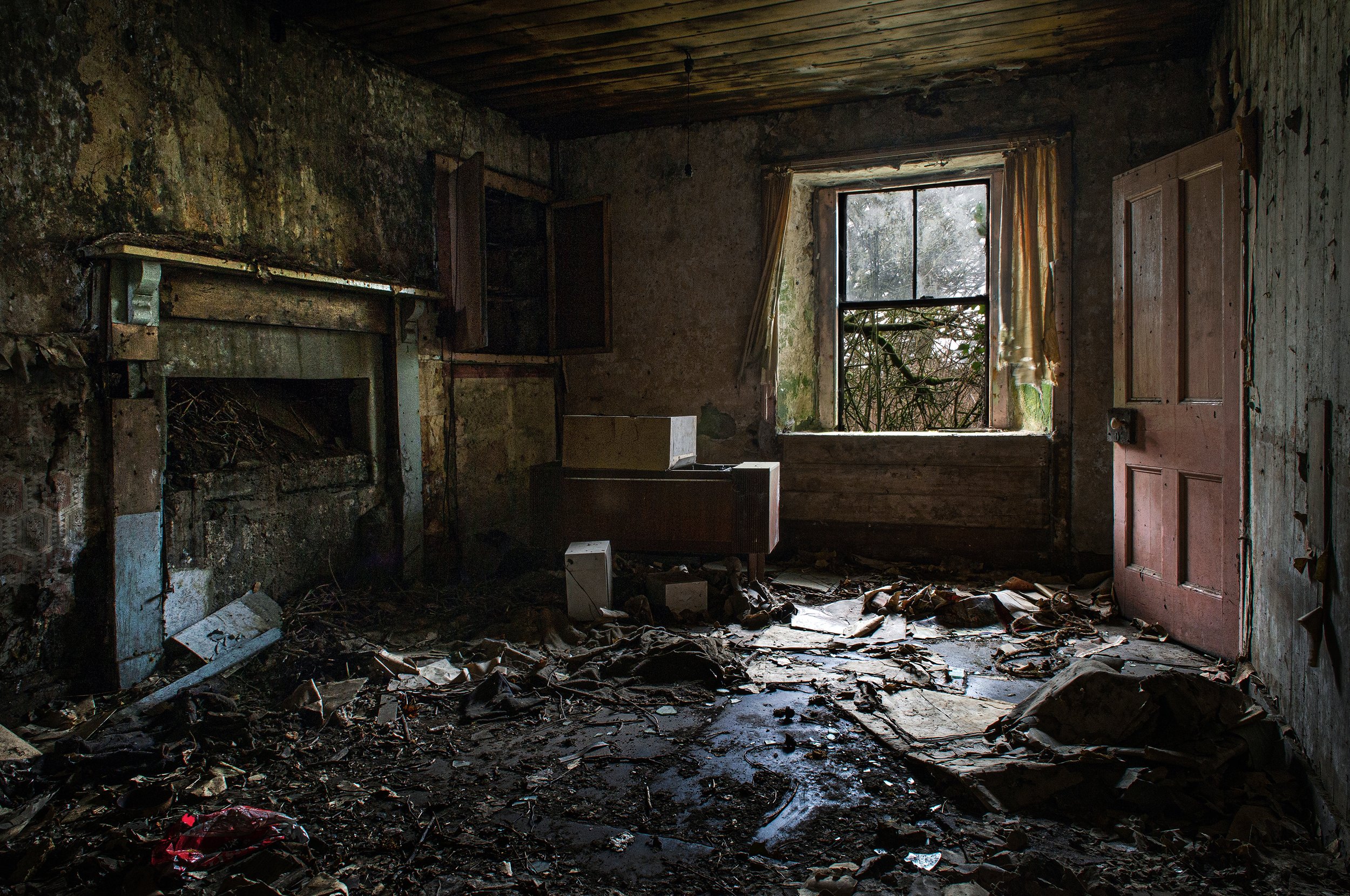THE BIGGEST CHALLENGE TO CROFTING LAW? CROFTING LAW
An image reflecting the state of current crofting legislation
This is the seventh of 11 posts ( it was to be 12 but two were amalgamated) serialising my chapter on crofting law which appeared in “Land Reform in Scotland” edited by Malcolm Combe, Jayne Glass and Annie Tindley and published by Edinburgh University Press in 2020.
The first 6 posts charted the development of crofting law from 1886-2019.
The last 5 posts discuss the challenges to crofting law. Of all those challenges, undoubtedly the most serious is the appalling state of the crofting legislation itself.
Section II: challenges for the crofting system
(1) Crofting legislation
The statutory framework of crofting is cumbersome, to say the very least, yet until the 2013 Amendment Act there appeared to be no appetite for reform of crofting law. That legislation was deemed necessary due to a perceived problem with the decrofting provisions contained in the Crofting Reform (Scotland) Act 2010. It was the further layer of complexity provided by the 2013 Act which prompted many to call publicly for the reform of crofting legislation; whether in the form of consolidation, fresh legislation, or redrafting. It was and remains clear that crofting law must be improved, and it is no exaggeration to claim that the greatest challenge faced by the crofting system in 2018 is the legislation itself. The Crofting Law Sump talks[i] of ‘the present impenetrability of crofting law, caused by the “layering” of amendments, one after the other, without refining the accumulated mass of legislation’. This ‘impenetrability’ is illustrated particularly well by the succession procedures, where multiple paper versions of the legislation are required, preferably laid out in hard copy on the floor, together with rulers and highlighter pens, to establish what the law is.
The impenetrability creates hazardous professional risks for solicitors, and the increased complexity creates substantial costs for clients. Crofting conveyancing transaction are now complex and protracted as a matter of course, which is unsustainable for both solicitors and clients. As MacLean remarked in his 2012 paper to the Faculty of Solicitors of the Highlands and Islands, the old joke that the definition of a croft is an area of land surrounded by a sea of legislation ‘has never been both less funny or more true, as those of us who have had to grapple with the legislation in recent times would readily confirm.’[ii]
[i] Crofting Law Group Sump, p. 7 paragraph 2.1.1.
[ii] MacLean, ‘Recent Developments in Crofting Law’, p.1.
The next post examines the interface (or lack of) between crofting law and land reform law.
See note below for details of all (now) 11 posts.
As always, if you need help or wish to discuss crofting law, do get in touch.
Eilidh
______________________________
Note Referred To:-
Introduction
Development of Crofting Law
1886-1911
1911-1955
1955-1976
1976-1993
1993-1997 & 1997-2019
Challenges
Crofting legislation
Crofting law v land reform
The Conflicting Priorities of the Crofting System
The Impossibility of Purchase
Conclusion

